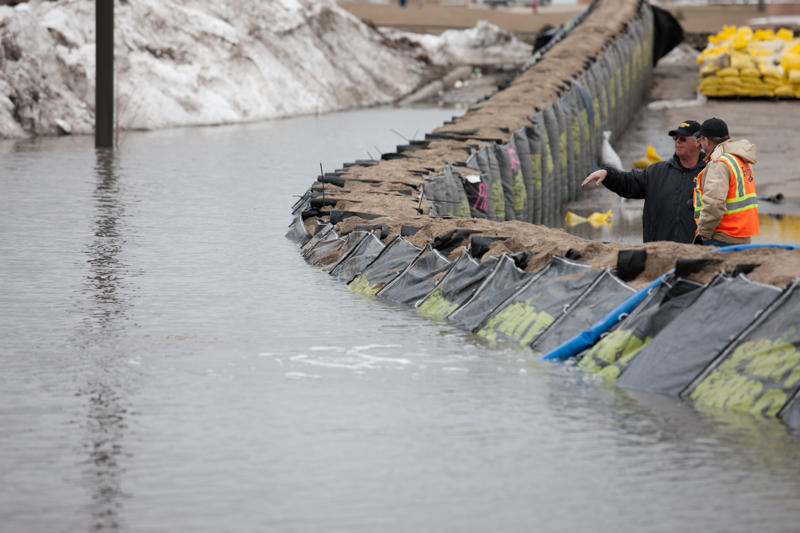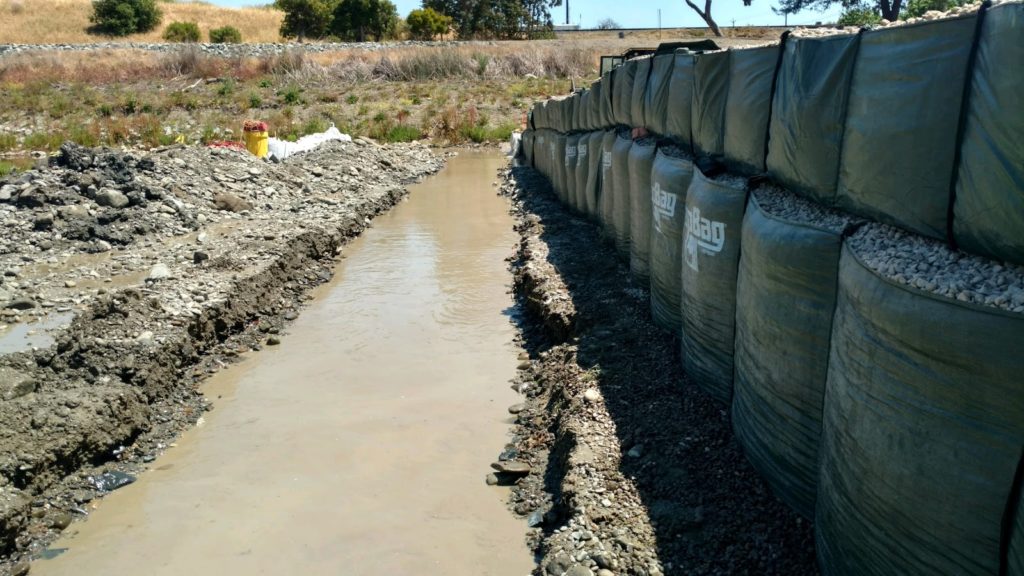Flood Response & Prevention in Europe
Catastrophic floods continue to besiege many European countries. According to the BBC, the worst flooding in decades occurred in July this year.

Catastrophic floods continue to besiege many European countries. According to the BBC, the worst flooding in decades occurred in July this year. The European Union has set up a system to tackle flooding in Europe, but much is required.
What is Flood Response & Flood Prevention?
Flood response is the action taken by governments, agencies, or organizations following an incident of flooding. This response could include providing shelter and food, rescuing those who need assistance, and cleaning up after floods have occurred.
The main aspects of flood response focus on:
- To minimize loss of life and injury
- To reduce economic losses resulting
- To swiftly restore damaged infrastructure
- To provide residents with essential supplies like clean drinking water and medical care
- To ensure public health and safety during emergencies
- To assist communities affected by disasters to recover more rapidly
Flood prevention involves actions that need to be in place before flooding occurs. Flood preparedness can include improving defenses to counter runoff water, installing drainages, and planting trees.
Flood prevention strategies include:
- Reducing risks associated with flooding
- Improving resilience of societies, infrastructures, and ecosystems towards climate change impacts
- Ensuring that there is sustainable use of land and water resources
- Promoting social cohesion among populations vulnerable to floods
But do you know how to prepare for a flood in Europe?
Flooding in Europe

Europe is prone to flooding during heavy rains. Flooding occurs when large amounts of water flow overland causing damage. The most common type of flooding is surface runoff caused by excessive precipitation.
Surface runoff causes erosion on hillsides and leads to landslides. When this occurs, it results in debris flowing down slopes and accumulating in low-lying areas.
In addition to surface runoff, groundwater contributes significantly to flooding. Groundwater can enter a stream via springs, seepage, or infiltration. In some cases, it enters a stream directly from the ground. If the rate of inflow exceeds the ability of the system to discharge the water, the result is flooding.
What Causes Flooding in Europe?
The leading causes of flooding include:
- Heavy rainfall: Extreme rainfall is the primary cause of flooding in Europe. Intense downpours often cause rivers and lakes to break banks and spill over to low-lying areas.
- Storm surges: Storms bring torrential rain and powerful winds. They can produce waves up to 30 meters high. Waves break onto beaches and coastal cliffs, damaging property and killing wildlife.
- Broken dams: Dams often fail due to disasters like earthquakes, landslides, and structural failure. When dams burst, they uncontrollably release massive water quantities.
- Overflowing rivers: Rivers overflow their banks if the volume of water coming into them exceeds what the channel can carry away.
- Erosion: Erosion occurs when loose materials such as silt and clay move downhill. These materials may be carried by streams or washed off the mountainside. Due to the accumulation of silt, there are high chances for flash floods to occur.
- Other Causes: Flooding can also occur due to deforestation, urbanization, poor drainage systems, poorly maintained culverts, and inadequate road infrastructure.
What Countries Flood the Most in Europe?
According to the European Environment Agency, Germany has suffered the highest economic loss from climate-related upheavals. Below are countries that flood the most in Europe.
- Germany: More than 1 million people were affected by floods last year.
- Croatia: About 100,000 people were evacuated after heavy rain triggered floods in 2018.
- Italy: Around 300,000 people have been affected by severe weather conditions since January 2015.
- Austria: At least 200 homes sustained damage by floods in February 2016.
- Netherlands: Storms destroyed almost 50,000 houses between October 2014 and March 2015.
- Switzerland: Flooding caused damage worth CHF 4 billion in 2013 alone.
Impacts of Flooding
Flooding has many effects, including loss of life, destruction of property, disruption of transport networks, environmental pollution, economic losses, and social problems.
- Crop Destruction: Periods of extreme precipitation events typically lead to lost crops. Direct damage occurs when crops submerge under floodwater.
- Death: In some cases, deaths result directly from drowning or other injuries sustained while attempting to escape rising waters. Deaths also arise indirectly from exposure to contaminated drinking water, food poisoning, respiratory infections, heat stress, and psychological trauma.
- Property Damage: Wind-borne debris, storm surge, landslides, broken roads, and collapsed structures often damage property. The damage to property ranges from minor inconveniences to complete devastation.
- Health issues: Waterborne illnesses affect millions of Europeans during the flooding seasons. They range from mild gastrointestinal disease to serious health complications like cholera and dysentery.
Flooding Prevention Solutions
So, do you know how to prevent flood damage? The solutions to prevent flooding in Europe mainly involve dikes, dams, and levees:
Dikes
Dike construction involves building a wall along rivers to prevent floodwaters from entering cities and towns. These dikes can be constructed using concrete, clay, sandbags and act as flood prevention barriers.
Dams
Dams are large reservoirs with spillways designed to release excess water when needed. They divert water flows away from populated areas.
Levees
These are artificial embankments built across streams to control their flow. They help retain sediment and avoid overflow.
Planting Vegetation
Surface plants obstruct rainwater and prevent flowing water from gaining speed.
TrapBag Control Barriers for Flood Control & Flood Response

TrapBags are low-cost, rapid-deployment containment bags that can be used to create flood barriers and are filled with stones, soil, or sand.
There are many benefits of using TrapBags:
- First, they allow you to divert runoff water safely away from your home and business premises.
- Secondly, they create safe places for wildlife to live and flourish. This design improves biodiversity, which benefits many aspects of nature.
- Finally, TrapBags filter pollutants such as heavy metals, pesticides, and fertilizers out of wastewater before being discharged into lakes, rivers, and seas.
FAQs
How common is flooding in Europe?
Flooding in Europe occurs about once per year.
Can you prevent cities from flooding?
Yes. By installing proper infrastructure, you can make sure that no city floods. You need to build new dams, levees, and other structures to control water flow.
Prevent Your Next Flood Today with TrapBag
Given the catastrophic effects of floods, individuals have no option than to learn how to prepare for floods. One of the best ways to prevent flooding in Europe is by using TrapBags. These bags contain and divert stormwater and flood waters without causing damage to the environment.
Remember that a proactive approach will go a long way. If everyone plays their part, it can severely mitigate the consequences of flooding in Europe. Contact us to begin your project or browse TrapBags today.[/vc_column_text][/vc_column][/vc_row]
Get the Dirt Before the Flood Hits
Stay ahead of flooding, erosion, and disaster response challenges. The Dirt, TrapBag’s monthly newsletter, delivers field-tested tips, real-world case studies, and the latest in barrier technology straight to your inbox.
